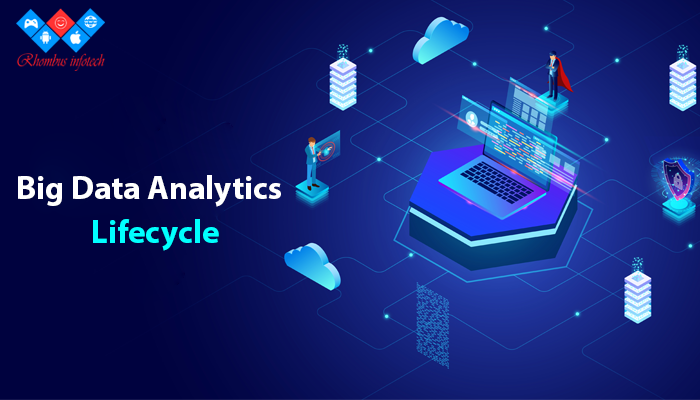Data is extremely important in today’s digital-first world, as it has always been. Throughout its life cycle, it goes through a number of stages, including creation, testing, processing, consumption, and repurposing. The Data Analytics Lifecycle is a diagram that depicts these steps for professionals that are involved in data analytics projects. The phases of the Data Analytics Lifecycle are organized in a circular framework, which is referred to as the Data Analytics Lifecycle. Each stage has its own significance as well as its own peculiarities.
Why Data Analytics Lifecycle Is Important
The data analytic lifecycle is intended for use with large amounts of big data and data science initiatives. The cycle is iterative in order to accurately represent the real project. To discuss the distinct requirements for analyzing the information on Big Data, a step–by–step methodology is required to organize the activities and tasks engaged with acquiring, processing, analyzing, and repurposing data. Organizations can use big data analytics to harness their data to identify new opportunities, smarter business decisions and operations result in higher cash flow, increased customer satisfaction & informed decisions as a result of this process.
Life Cycle Phases of Data Analytics
In this section we will discuss about data analytics lifecycle phases that are essential to each data analytics process.
Data Discovery and Formation
To begin, there must be a clear objective. When you reach the end of the data analytics lifecycle, you will have defined the purpose of your data and the methods by which you will achieve that aim.
Data Preparation and Processing
In this stage, everything that has anything to do with data is brought together. Business requirements are given priority in this phase, while information requirements receive equal attention. It is necessary to collect, process, and clean up all of the data accumulated before proceeding to the next phase.
Model Designing Process
After mapping out your business objectives and gathering a plethora of data (structured, unstructured, or semi-structured), it is time to develop a model that will help you reach your goals. This is known as data mining. Also included is the collaborative work required to identify and refine methodological approaches and workflows.
Model Building
The development of data sets for testing, learning, and product components is the final phase in the data analytics architecture process. Construction and operation of the model created in the previous step are carried out by the data analytics experts.
Communication and Publication
The communication step begins with a collaborative effort with business stakeholders to evaluate if the project outcomes were a success or a disappointment. As part of its work, the project team is expected to identify and quantify the important findings of the study.
Project Effectiveness
As your data analytics lifecycle comes to a close, the next stage is to deliver a complete report to the stakeholders, including key results, coding, briefings, technical papers/documents, and other supporting materials. Additionally, in order to assess the efficiency of the study, the data is transferred from the sandbox to a live environment.

